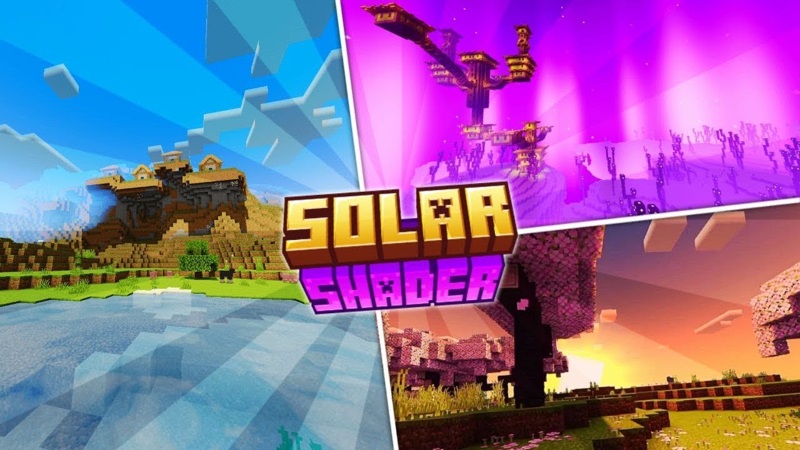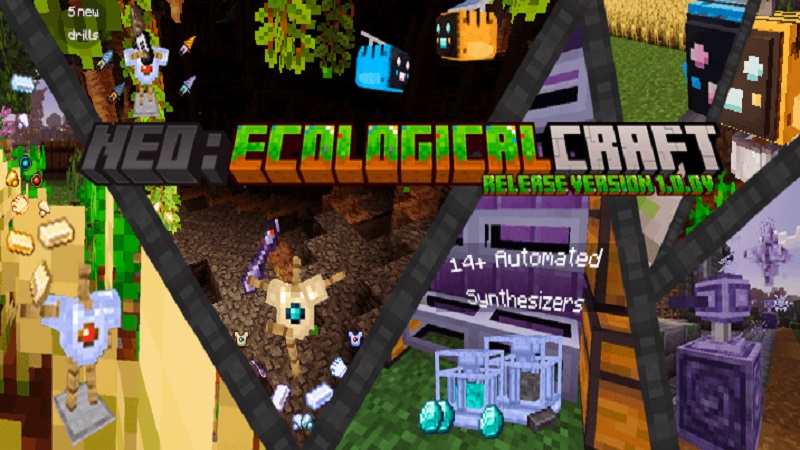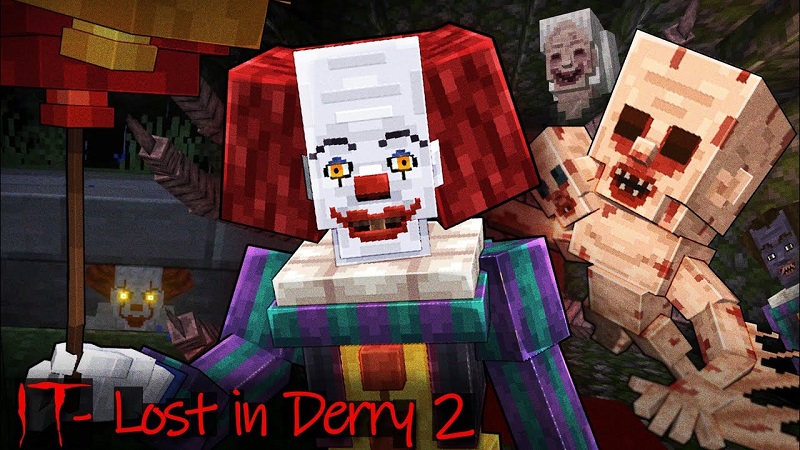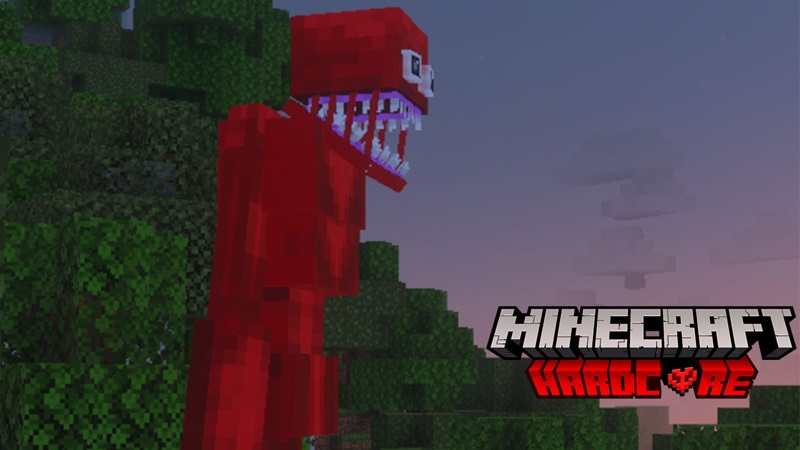Solar Shader Optimized Performance for MCPE
Minecraft Pocket Edition (MCPE) players often face a difficult decision: use beautiful shaders that slow down the game or stick with plain visuals for smoother performance. Solar Shader offers the best of both worlds by enhancing Minecraft Bedrock Edition with realistic lighting, dynamic skies, and polished water effects—all while keeping gameplay smooth on mobile devices. This guide explains everything you need to know to install, configure, and enjoy Solar Shader without lag.
Introduction: Solar Shader Optimized for MCPE
Solar Shader is a performance-friendly addon created for Minecraft Bedrock (MCPE). Unlike heavy shader packs that demand powerful hardware, this shader is optimized to run on smartphones, tablets, and even older devices. With it, you can enjoy:
Dynamic sunlight and natural god rays
Volumetric clouds and seamless day-to-night transitions
Reflective water surfaces with gentle ripples
Stable FPS, even on mid-range phones
For players, this means your builds, worlds, and adventures can look stunning without constant frame drops.
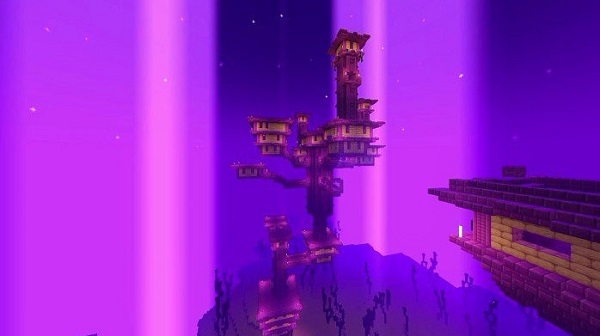
Device Requirements & Compatibility Checklist
Before installing Solar Shader, make sure your device can support it. The requirements are light compared to many other shaders, but checking compatibility ensures a smooth experience.
Minimum Requirements:
2 GB RAM (3–4 GB recommended for stability)
A GPU that supports Bedrock shaders
Latest version of Minecraft PE/Bedrock installed
Supported Platforms:
Android
iOS
Windows 10/11 Bedrock Edition
Older Devices:
Can still run Solar Shader by lowering certain settings or enabling legacy rendering mode, which reduces graphics intensity for smoother play.
Step 1: How to Download & Install in MCPE
Installing Solar Shader is straightforward, even for beginners.
Download the Shader File
Locate the official .mcpack file from a trusted source and save it to your device.
Import into Minecraft
Tap the file and choose Open with Minecraft.
The game will import Solar Shader automatically.
Activate the Shader
Go to Settings > Global Resources.
Select Solar Shader and tap Activate.
Apply to Your World
Open your world’s settings → Resource Packs.
Confirm Solar Shader is active and start playing.
If the shader doesn’t appear, update Minecraft to the latest version and re-import the .mcpack.
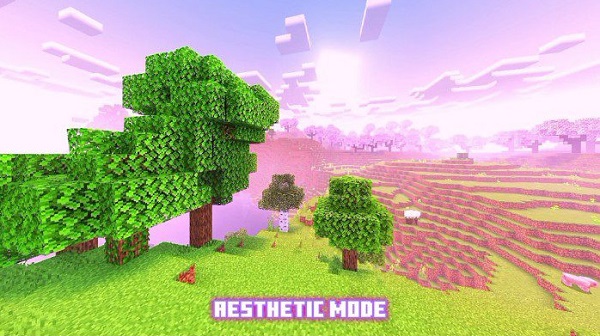
Recommended Settings for Smooth FPS
Solar Shader is optimized for performance, but adjusting settings can maximize stability and visuals on your device.
Medium Settings: Best balance of visuals and smoothness (20–40 FPS on most devices).
Lower Volumetric Quality: Useful for mid/low-end devices.
Disable Lens Flares: Can reduce small stutters on older phones.
Legacy Rendering Mode: Essential for devices with limited graphics support.
Adjust Brightness & Contrast: Fine-tune visuals for personal preference.
By making small changes, you can customize the shader to your device and play style.
Enhancing Gameplay with Texture Packs
Pairing Solar Shader with the right texture pack can make your worlds even more impressive.
Best Matches: Neutral or realistic texture packs that emphasize detail.
Avoid: Overly cartoon-like packs, which may clash with Solar Shader’s natural lighting.
Why It Works: Shaders control lighting, while texture packs refine block textures—together, they create a polished look.
Example: Builders often use Solar Shader with realistic packs for cinematic screenshots and roleplay servers.
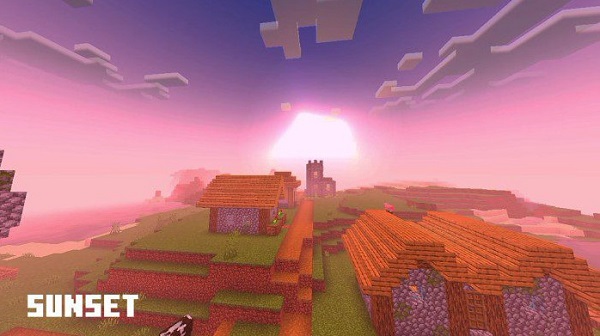
Troubleshooting Common Issues (Lag, Glitches)
Even with optimization, you may run into issues depending on your device. Here’s how to fix the most common ones:
Low FPS: Lower cloud quality or disable bloom.
Shader Not Loading: Update Minecraft and re-import the file.
Visual Glitches: Switch to legacy rendering mode.
Crashes or World Errors: Remove conflicting addons and keep backups.
These quick fixes ensure stable performance and prevent data loss.
Wrap-Up: Best Practices for Enjoying Solar Shader
Solar Shader is one of the best choices for MCPE players who want to combine smooth performance with cinematic visuals. Whether you’re admiring a sunrise, diving into oceans, or building your dream base, this shader enhances every moment.
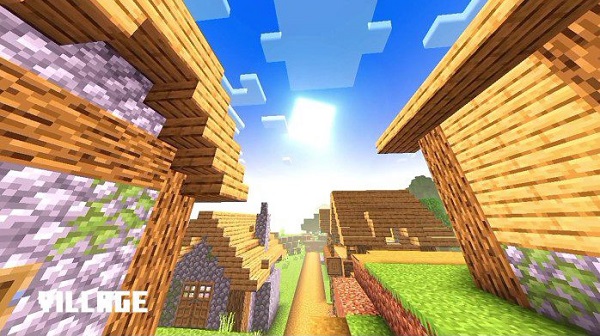
Best Practices for Players:
Explore biomes at sunrise or sunset for stunning scenery.
Adjust settings until you find your ideal balance of FPS and visuals.
Use realistic texture packs to highlight details.
Always back up your worlds before activating new shaders.
With Solar Shader, you don’t have to choose between speed and style—it brings optimized beauty to your Minecraft Bedrock adventures.
